
Why Go Spatial? Your 2025 Guide to Releasing Music in Dolby Atmos.
By Spatial Mastering, London – Updated 5 May 2025 Welcome to the Future of Music.If you’ve ever wanted your music to surround your fans, vocals
Introduction.
Vinyl records have made a remarkable comeback, capturing the hearts of vinyl aficionados and record label enthusiasts with their undeniable warmth, nostalgic appeal, and tangible experience. Vinyl mastering requires specialised knowledge, techniques, and equipment to ensure pristine sound quality and compatibility with the medium’s distinct characteristics. This in-depth article delves into the world of vinyl mastering, examining the techniques used, the challenges encountered, and the factors influencing the revival of this cherished analogue format.

The Mastering Process for Vinyl.
Because of the physical limitations and quirks of the medium, mastering vinyl requires a different approach than mastering digital formats. The procedure includes critical steps and considerations such as:
Preparing the Source Material.
The process of mastering vinyl begins with meticulous preparation of the source material. A high-resolution digital file or analogue tape is typically used as the foundation. The mastering engineer thoroughly examines any issues that may interfere with the vinyl cutting process, such as excessive sibilance, distortion, or frequency imbalances.
Adjusting Equalization and Dynamics.
Vinyl mastering requires precise equalization and dynamic adjustments to ensure seamless compatibility with the format. Excessive bass can widen the record’s groove, potentially leading to playback issues like skipping, so it’s critical to carefully manage low frequencies. Similarly, high frequencies must be carefully controlled to avoid sibilance and distortion on vinyl.
Maintaining a proper dynamic range is also essential in vinyl mastering. Mastering engineers expertly balance loudness and dynamic range, preserving the music’s natural ebb and flow while ensuring consistent playback levels. On vinyl, over-compressed or limited mixes can produce a less detailed and engaging listening experience.
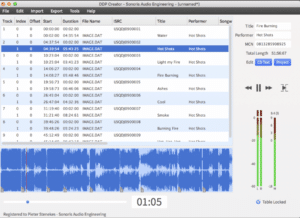
Track Spacing and Sequencing.
The order and spacing of tracks on a vinyl record significantly impact the overall listening experience and final product quality. The engineer thinks about things like groove spacing, side lengths, and the strategic placement of songs with varying energy levels or frequency content. Tracks with higher high-frequency content or wider stereo imaging, for example, may be strategically placed at the beginning of each side to preserve optimal sound quality, as these elements can degrade towards the centre of the record.
Cutting the Master Lacquer.
The delicate art of cutting the master lacquer, which requires specialised equipment and expertise, concludes the vinyl mastering process. The mastering engineer precisely inscribes the audio signal onto a lacquer disc using a cutting lathe, meticulously controlling the lathe’s speed, depth, and lateral movement. This master lacquer creates the metal stampers used in the vinyl pressing process.
Challenges in Mastering Vinyl.
Compared to digital formats, mastering vinyl presents unique challenges as engineers navigate the physical constraints and limitations of the medium. Among these difficulties are:
Playing Time Limitations.
Vinyl records have limited playtimes, with standard 33-RPM 12-inch records lasting about 22 minutes per side. Exceeding these limits can reduce sound quality because the grooves must be cut closer together to accommodate more audio content. To ensure optimal quality, mastering engineers must carefully manage playing times and, if necessary, collaborate with the artist or producer to make decisions about track sequencing or even track removal.
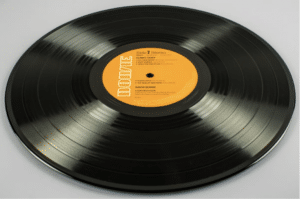
The Sibilance and High-Frequency Distortion.
Excessive high frequencies can cause the cutting stylus to create too narrow or shallow grooves, causing distortion during playback. Vinyl is especially susceptible to sibilance and high-frequency distortion. Mastering engineers exercise precise control and management of high-frequency content to avoid these issues.
Vinyl mastering is a complex and specialised craft requiring expertise, technical skill, and a thorough understanding of the medium’s unique challenges. As vinyl records continue to gain popularity, the role of mastering engineers becomes increasingly important in preserving the distinct warmth, depth, and character that make this analogue format so beloved. Mastering engineers ensure the optimal sound quality and compatibility that vinyl enthusiasts crave through meticulous preparation of source material, precise adjustments in equalisation and dynamics, thoughtful track sequencing, and the delicate art of cutting the master lacquer.
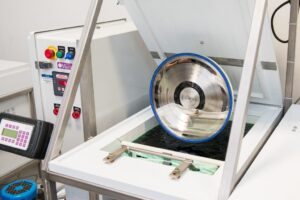
Several factors have contributed to the revival of vinyl records, which has captivated both seasoned collectors and new enthusiasts. The allure of vinyl lies in its sound quality and analogue warmth, creating a sense of depth and richness that digital formats frequently fail to replicate. Furthermore, with its larger artwork, liner notes, and physical medium that encourages active engagement from the listener, vinyl provides a tangible connection to the music. This tactile experience heightens appreciation for the artistry that goes into creating an album. Furthermore, vinyl’s nostalgic allure and collectability, with limited edition pressings and one-of-a-kind variants, appeal to collectors who enjoy the thrill of discovering rare and exclusive records.

Vinyl stands as a testament to the enduring appeal of a physical music format in an increasingly digital world. The art of vinyl mastering ensures that the magic of this analogue classic is preserved, captivating vinyl fans and record labels alike. Vinyl continues to captivate hearts and ears with its blend of exceptional sound quality, tangible experience, and nostalgic allure, transcending mere musical enjoyment to become a cherished cultural artefact.

By Spatial Mastering, London – Updated 5 May 2025 Welcome to the Future of Music.If you’ve ever wanted your music to surround your fans, vocals
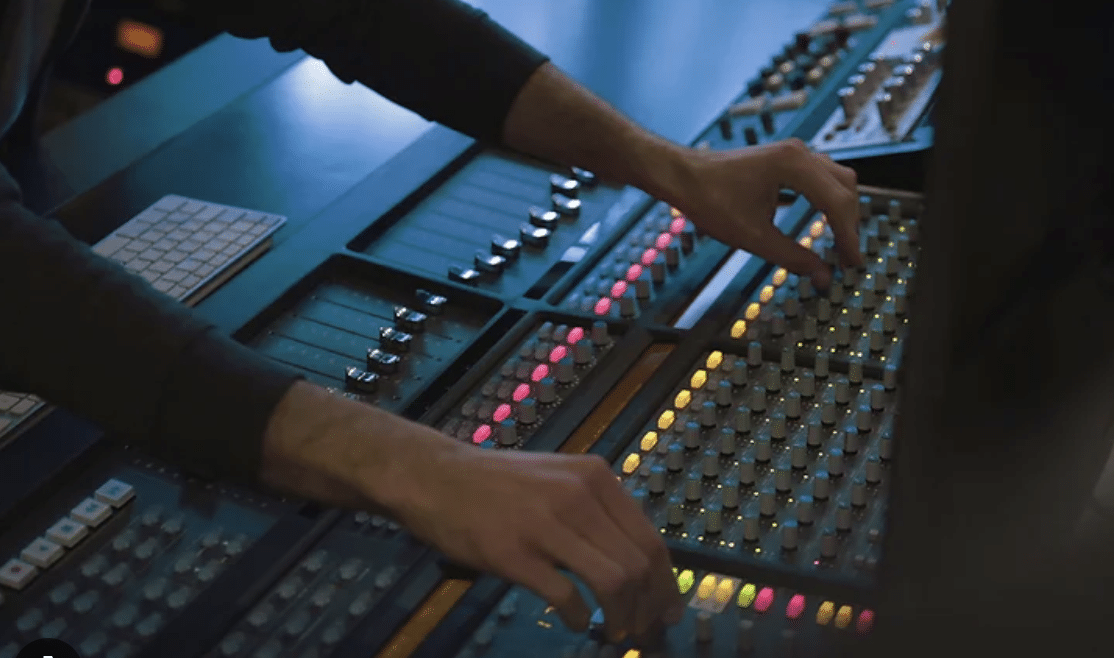
In the realm of mastering, analog equipment has long been revered for its distinct contribution to the final sound of a recording. Although digital tools
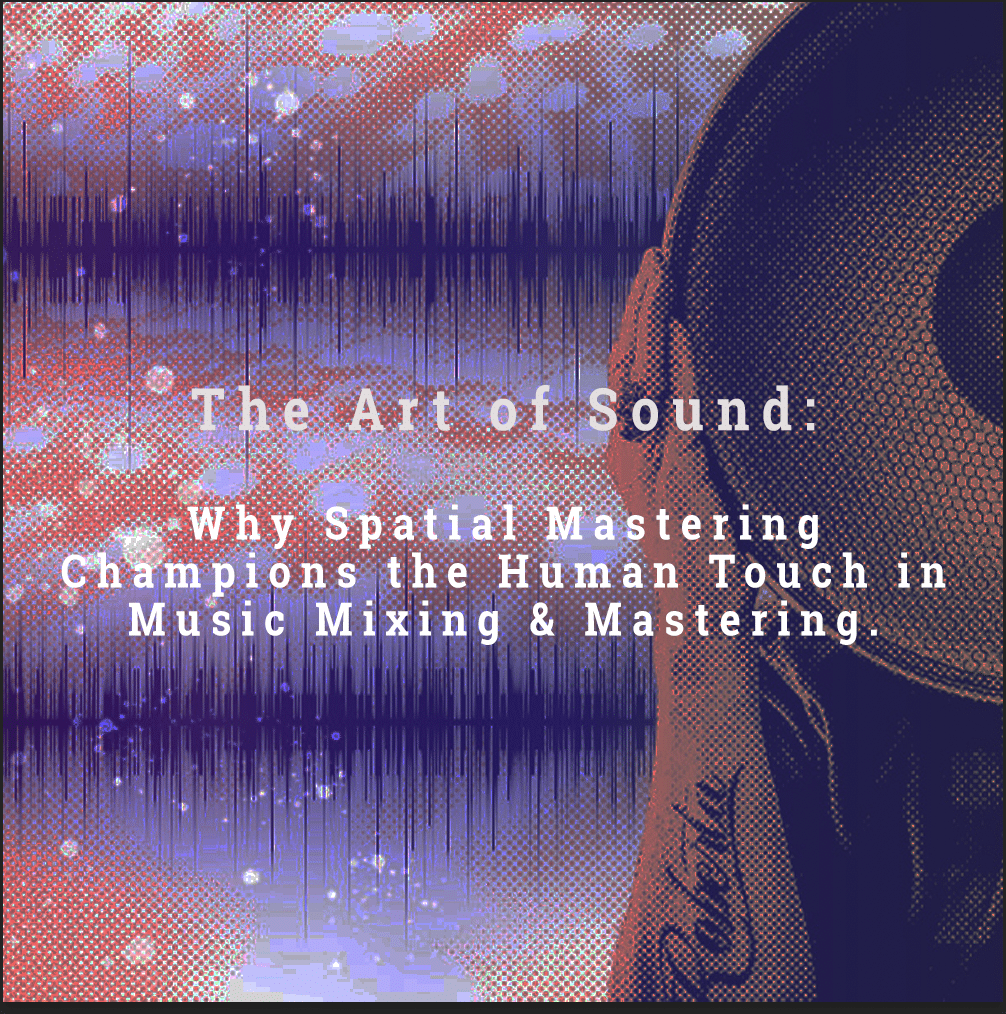
In the dynamic world of music production, the discussion between the allure of technology and the timeless value of the human touch is particularly poignant
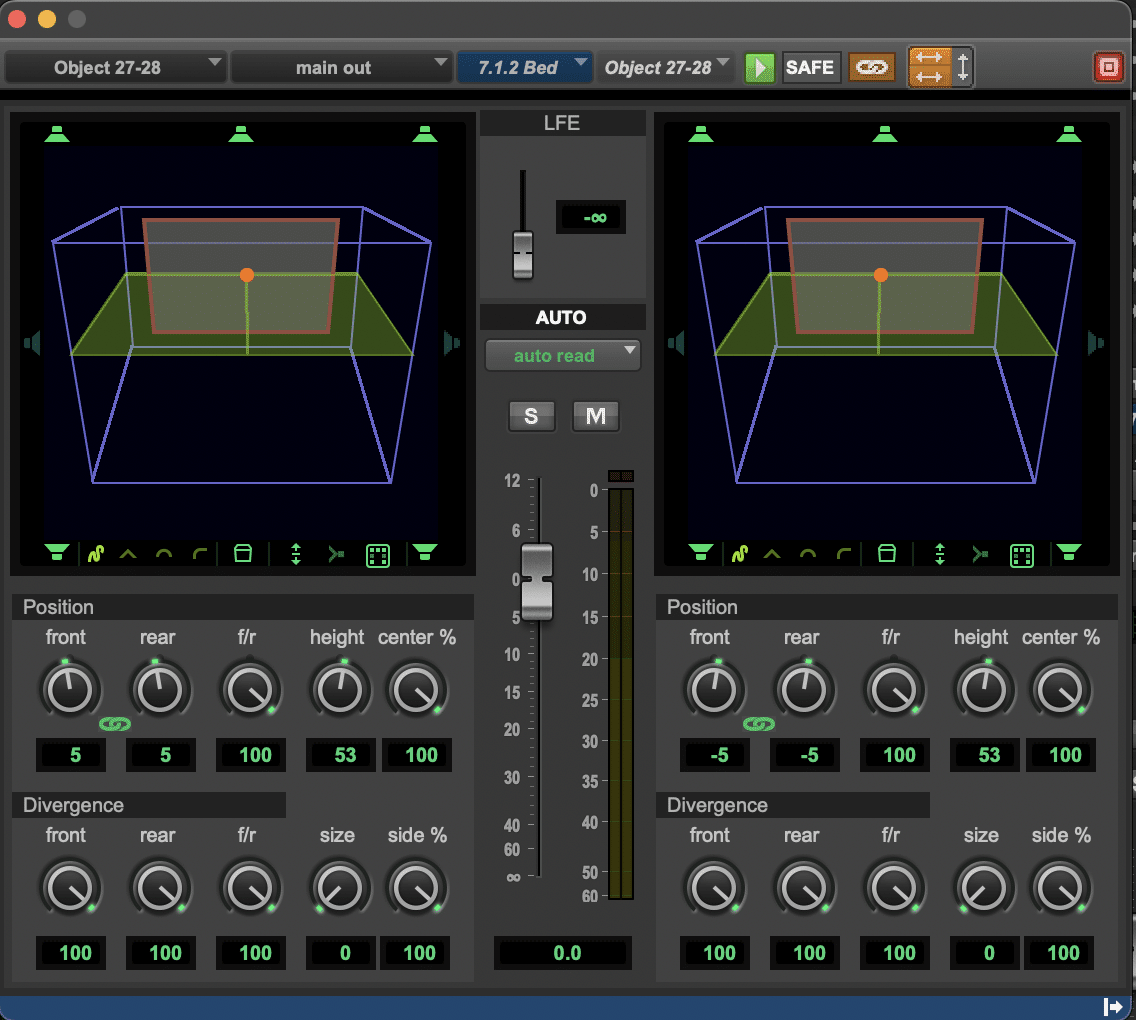
When you listen to a song, imagine the music enveloping you, the various instruments and vocals moving around you in a three-dimensional space, or even

Introduction. Vinyl records have made a remarkable comeback, capturing the hearts of vinyl aficionados and record label enthusiasts with their undeniable warmth, nostalgic appeal, and